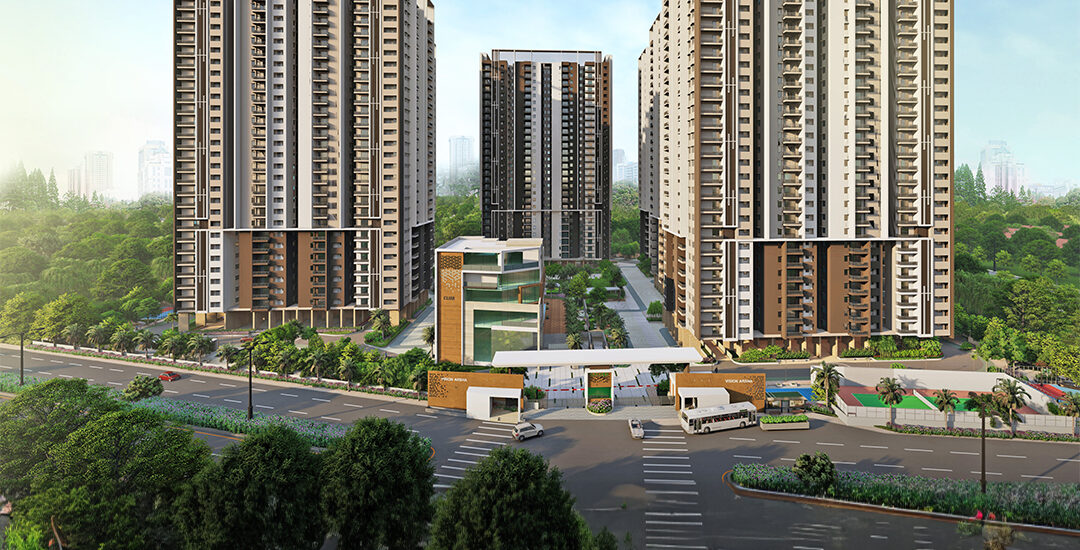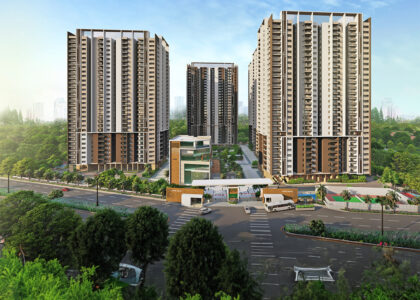When it comes to building homes, offices, or any other structures, the method you choose can significantly impact the project’s success. In the construction world, brick construction and Mivan construction technology are two prominent methods. But what’s the difference between the two, and which one should you choose for your next project? Let’s dive into the details and explore the ins and outs of both construction techniques.
Historical Background
Origins of Brick Construction
Brick construction has been around for centuries, with the earliest examples dating back to ancient Mesopotamia and Egypt. These early builders used sun-dried mud bricks to create everything from homes to massive architectural wonders. Over time, the process evolved, leading to the kiln-fired bricks we use today, known for their durability and strength.
Development of Mivan Technology
Mivan technology, on the other hand, is a relatively modern construction method developed in the late 20th century. Named after the Malaysian company Mivan, it was designed to address the need for fast and efficient construction, especially in mass housing projects. It gained popularity in countries like India, where rapid urbanization demanded quick and reliable building solutions.
Materials Used
Brick Construction Materials
In brick construction, the primary materials include clay or cement bricks, mortar (a mixture of cement, sand, and water), and reinforcement materials like steel bars for additional strength. These materials are readily available and have been used for centuries due to their proven reliability.
Mivan Construction Technology Materials
Mivan construction technology relies heavily on aluminum formworks. These formworks are lightweight, durable, and reusable, making them a cost-effective option for large-scale projects. Concrete is poured into these formworks, creating precise and uniform structures. The materials used in Mivan technology also include high-quality concrete and reinforcement steel.
Construction Process
Steps in Brick Construction
Foundation Laying: The first step involves laying a strong foundation using concrete.
Bricklaying: Bricks are laid in a staggered pattern and bonded with mortar.
Curing: The structure is left to cure, allowing the mortar to harden and gain strength.
Finishing: The final step includes plastering, painting, and other finishing touches.
Steps in Mivan Technology
Formwork Setup: Aluminum formworks are assembled according to the design specifications.
Concrete Pouring: Concrete is poured into the formworks, filling every nook and cranny.
De-shuttering: Once the concrete sets, the formworks are removed.
Finishing: Similar to brick construction, finishing touches are applied.
Time Efficiency
Construction Time with Bricks
Brick construction is known for its durability but is often a time-consuming process. Each brick is laid by hand, which can be labor-intensive and slow, especially for large projects.
Construction Time with Mivan Technology
Mivan construction technology significantly reduces construction time. The use of pre-assembled formworks and quick-setting concrete allows for faster project completion. Large-scale housing projects can be completed in a fraction of the time compared to traditional brick construction.
Cost Comparison
Cost of Brick Construction
While the materials for brick construction may be relatively inexpensive, the labor costs can add up. Skilled labor is essential, and the longer construction time can also drive up costs.
Cost of Mivan Construction Technology
Mivan construction technology has a higher initial investment due to the cost of aluminum formworks. However, these formworks are reusable, and the reduced construction time can lead to significant savings in labor costs.
Durability and Strength
Durability of Brick Buildings
Brick buildings are renowned for their durability. Properly constructed brick structures can last for centuries, withstanding harsh weather conditions and providing excellent thermal insulation.
Strength of Mivan Structures
Mivan structures are incredibly strong due to the precise engineering and high-quality materials used. The uniformity of the construction ensures that every part of the structure is as strong as the next, making it an excellent choice for earthquake-prone areas.
Environmental Impact
Sustainability of Brick Construction
Brick construction has a mixed environmental impact. While clay bricks are natural and can be sourced locally, the firing process is energy-intensive and contributes to carbon emissions. Efforts are being made to develop more sustainable brick production methods.
Eco-friendliness Of Mivan Construction Technology
Mivan technology is considered more eco-friendly due to its efficient use of materials and reduced waste. The formworks are reusable, and the overall construction process is quicker, leading to less energy consumption on-site.
Applications
Common Uses of Brick Construction
Brick construction is versatile and can be used for a variety of projects, including:
- Residential homes
- Schools and educational institutions
- Commercial buildings
- Historical and heritage buildings
Common Uses of Mivan Construction Technology
Mivan technology is especially suited for large-scale and high-rise projects, such as:
- Mass housing developments
- Skyscrapers
- Commercial complexes
- Infrastructure projects like bridges and flyovers
Advantages of Brick Construction
Durability: Long-lasting and resilient to weather.
Aesthetic Value: Offers a traditional and charming look.
Thermal Insulation: Helps maintain comfortable indoor temperatures.
Advantages of Mivan Technology
Speed: Rapid construction process.
Uniform Quality: Consistent and precise structures.
Cost-Effective: Lower labor costs and reduced wastage.
Expert Opinions
Insights from Construction Experts
Experts suggest that the choice between brick construction and Mivan technology should be based on the specific needs of the project. For small-scale residential projects, brick construction may be more suitable due to its aesthetic appeal and durability. For large-scale urban developments, Mivan technology’s speed and efficiency make it the preferred choice.
Recommendations for Specific Projects
Residential Homes: Brick construction for its traditional look and feel.
Mass Housing: Mivan technology for rapid and uniform construction.
Commercial Buildings: Mivan technology for modern and sleek designs.
Heritage Restorations: Brick construction to maintain historical integrity.
Conclusion
Both brick construction and Mivan construction technology have their unique advantages and challenges. The choice between the two depends on factors such as project size, budget, time constraints, and aesthetic preferences. Understanding these differences helps stakeholders make informed decisions that best meet their construction needs.



